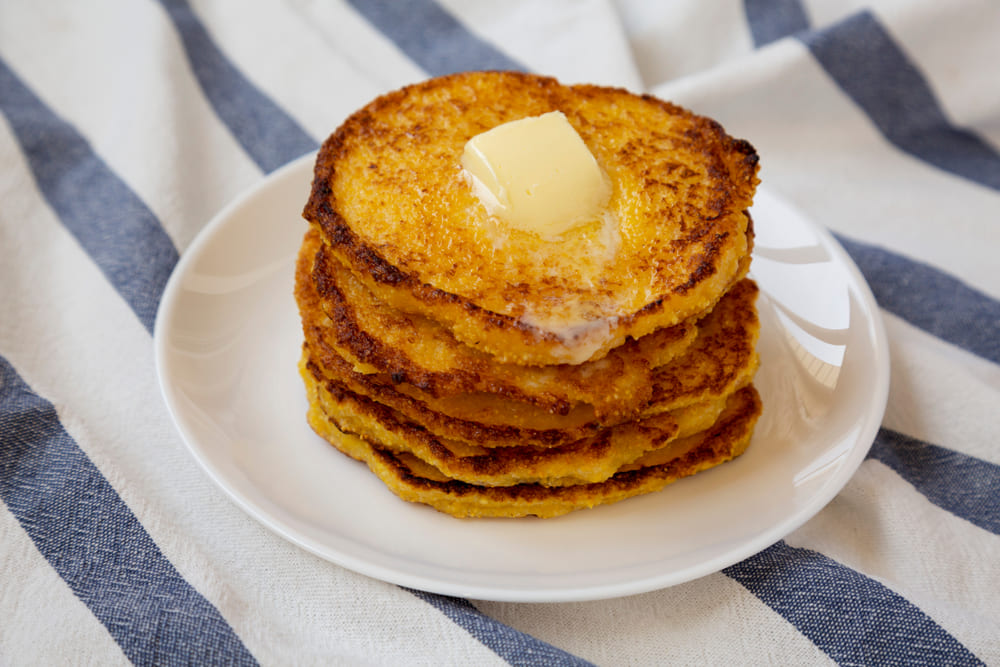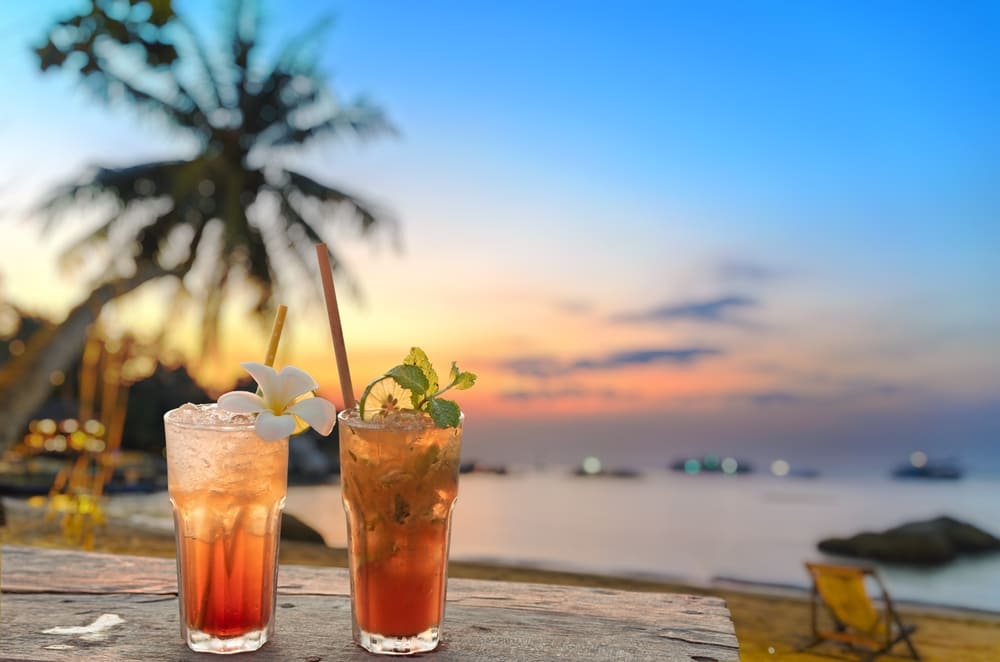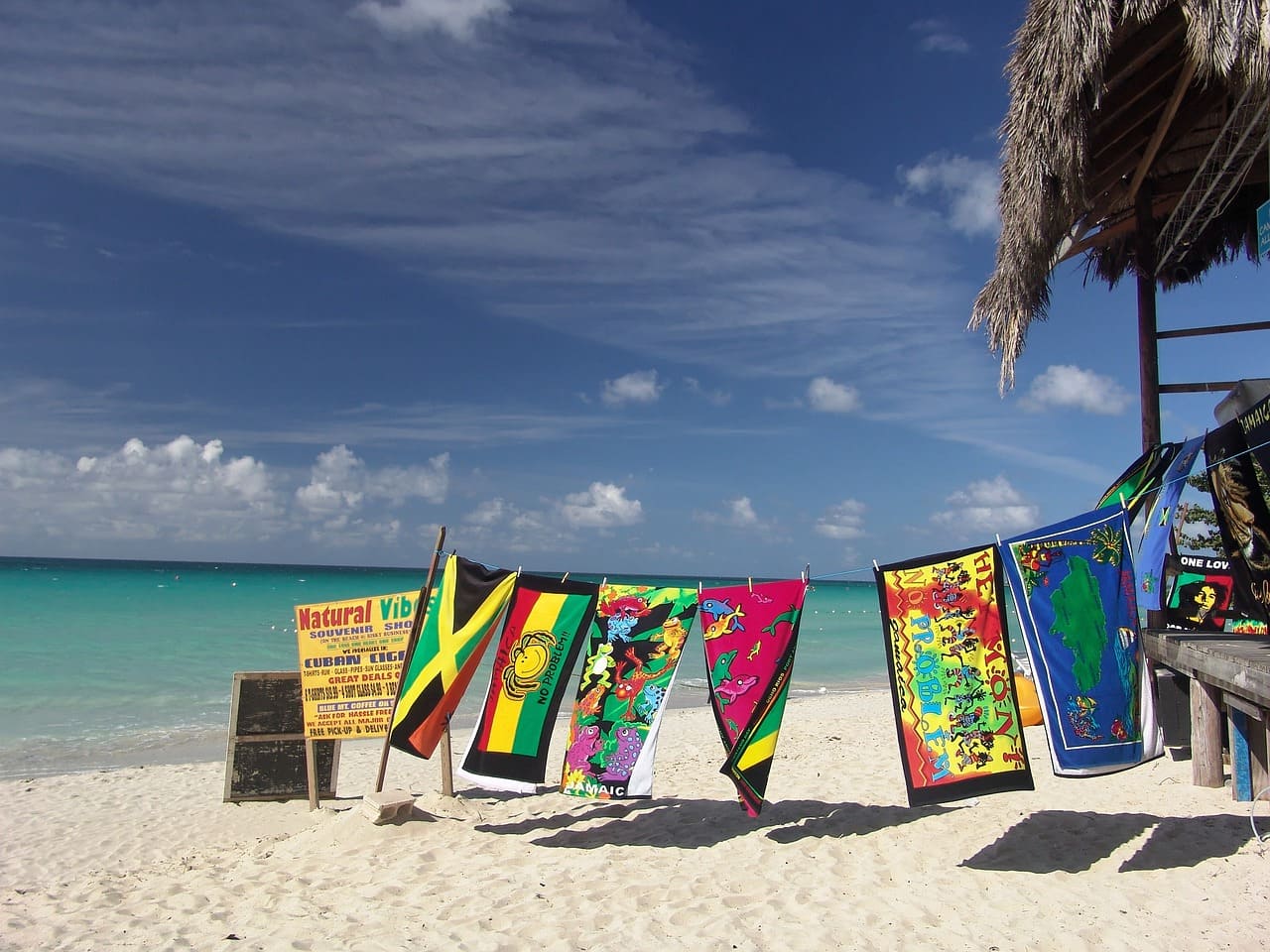Session Expired
Your session has expired. Please log in again
Reservation by telephone. Manage your booking with Palladium
Are you calling from outside Spain?
See all phonesHotels
Hoteles
How is your ideal hotel?
- Bahia
- Cap Cana
- Punta Cana
- Santo Domingo
- Sicily
- Montego Bay
- Cancun: Costa Mujeres
- Riviera Maya
- Riviera Nayarit
- Barcelona
- Ibiza
- Madrid
- Malaga
- Menorca
- Sevilla
- Tenerife
- Valencia
- Playa d'en Bossa
- San Antonio
- Santa Eulàlia
- Grand Palladium Select Palace Ibiza
- Grand Palladium White Island Resort & Spa
- Hard Rock Hotel Ibiza
- The Unexpected Ibiza Hotel
- Ushuaïa Ibiza Beach Hotel
- Palladium Hotel Palmyra
- TRS Ibiza Hotel
- The Signature Level at TRS Ibiza Hotel
- BLESS Hotel Ibiza
- Palladium Hotel Cala Llonga
- New York
Nuestros hoteles son más que hoteles
Nuestros hoteles son más que hoteles
-
0 800 102 61 91UK Free
-
0 800 000 4657Germany Free
-
800 141 734Italy Free
-
0034 971 92 64 86Other countries Europe Free
-
800 990 1234Mexico Free
-
1 888 660 90 70USA Free
-
1 866 778 9077Canada Free
-
0052 984 873 48 25Other countries
-
1 849 937 08 17Dominican Republic Free
-
+55 7 140 40 41 15Brazil
-
0800 3458102Argentina Free
-
800 914591Chile Free
-
01800 5184354Colombia Free
-
+1 844 411 00 77Jamaica Free
Jamaica, another way to experience the Caribbean
Jamaica’s Rastafarian culture, reggae music, and Bob Marley are globally recognized symbols of the Caribbean’s third-largest island. The Caribbean country also amazes visitors with its abundant natural beauty, idyllic beaches, and the hospitality of its people. Located in the Caribbean Sea, south of Cuba and west of Hispaniola, Jamaica enjoys a mild, humid tropical climate tempered by sea breezes. The island is well-connected to the rest of the world via an excellent air transport network that reaches the main airports, Montego Bay and Kingston. Once in the country, getting around is easy thanks to public buses, private taxis, and shared vehicles.
There’s a lot to discover in Jamaica
Jamaica’s coastline is one of the main attractions of this destination.
The island’s beaches, with fine white sand and turquoise waters, are perfect for snorkeling or diving as you explore the vast underwater diversity. In particular, the area around Montego Bay is popular for its elegant and sophisticated coves, where you can practice water sports, enjoy a romantic walk, or simply lie back and relax. From there, countless ecotourism excursions depart to places such as Dunn’s River Falls, coffee plantations in the Catadupa mountains, and the Blue Hole, a spectacular natural pool surrounded by tropical forest.
What’s more, cities like Ocho Rios, Negril, and the capital, Kingston, offer a wide range of leisure and entertainment options. Jamaicans descend from a variety of people from different cultures: Indigenous Arawak, English, Africans, and Spanish. Reggae music and the Rastafarian movement capture their true essence. The capital, known for its lively and vibrant atmosphere, is home to sites that are essential to visit to experience this culture, such as the National Gallery, the Bob Marley Museum, and Devon House, a spectacular 19th-century mansion with gardens. Throughout the year, musical and sporting events are held, where you can feel the spirit of the Jamaican people.
In addition to the music, the cuisine is another defining feature. Dishes are made with fresh, seasonal ingredients, following traditional methods. Each dish is special, but you can’t miss the steamed fish, grilled meats, and pepper shrimp, along with rum and aromatic coffee. To immerse yourself in the local culture, it’s best to have dinner or a drink at one of the bars in Negril, where tourists and locals chat while enjoying live music.
Let yourself be enchanted by the laidback and festive rhythm of this idyllic spot in the Caribbean, and fall in love with the endearing and cheerful Jamaican people, who will welcome you with open arms.
Recommendations for your trip to Jamaica
-
What documents do I need to travel to Jamaica?
No visa is required for stays shorter than ninety days. However, a return ticket to the country of origin or another destination and a completed digital entry form are required.
-
Should I get vaccinated before traveling to Jamaica?
- Required: No special vaccines are required to enter Jamaica unless you come from areas where yellow fever is endemic.
- Recommended: None.
-
Do I need travel insurance?
It is recommended you have the broadest possible health insurance since health care is expensive, and both doctors and hospitals require immediate cash payment.
-
When is the best time to visit Jamaica?
From December to May is the best time to visit Jamaica, as the days are sunny and warm with little rain.
-
What should I pack?
It is recommended you wear lightweight clothing, including long-sleeved shirts and pants to avoid mosquito bites, as well as a hat and sunscreen.
-
How is the weather in Brazil?
- From December to March: Sunny and warm days, especially along the coast.
- April and May: The weather is quite dry.
- From June to November: Heavy rains that can become hurricanes from August to October.
-
How to pay in Jamaica?
The official currency is the Jamaican dollar (JMD). Some hotels and tourist restaurants accept payment in U.S. dollars.
-
What are the most popular tourist areas?
The most popular tourist destinations are Montego Bay, Negril, Ocho Rios, and Kingston.
- See more questions








